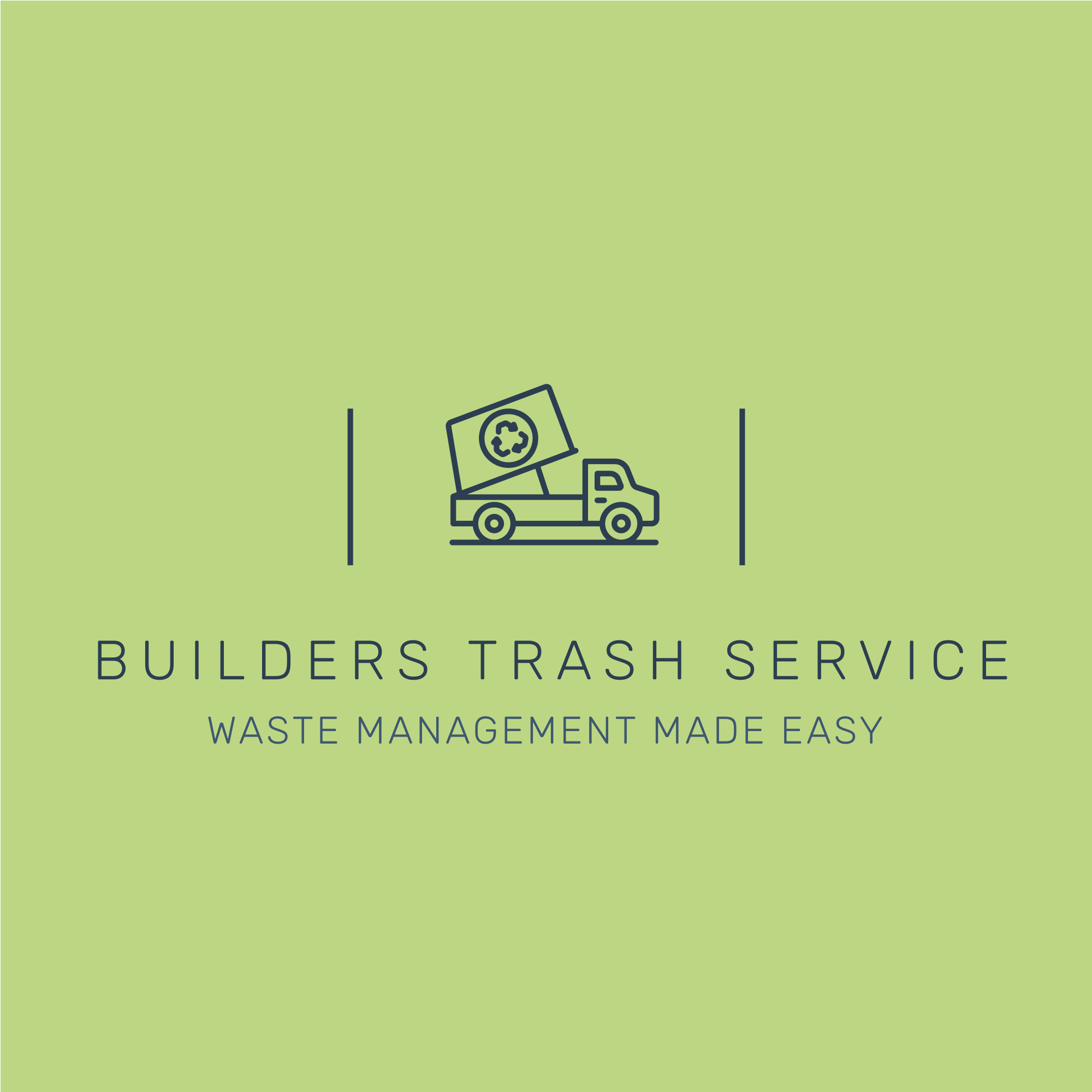Every day, industries, laboratories, and even households generate hazardous waste — from toxic chemicals and medical waste to solvents and heavy metals. But where does it all go? That’s where a hazardous waste plant comes in. These highly specialized facilities play a vital role in protecting public health and the environment. In this article, we’ll take a closer look at what happens at a hazardous waste plant and why it’s so important.
What Is a Hazardous Waste Plant?
A hazardous waste plant (also called a hazardous waste treatment facility) is a regulated site designed to safely handle, treat, store, and dispose of dangerous materials that pose risks to people and ecosystems. These materials are typically classified as flammable, corrosive, reactive, or toxic.
Step-by-Step: What Happens at a Hazardous Waste Facility?
1. Receiving and Identifying Waste
Once hazardous waste arrives at the plant, it’s carefully inspected and categorized. Proper labeling, documentation (like the EPA hazardous waste manifest), and compatibility checks are performed to ensure safety during handling and storage. Each waste type is tracked from origin to final treatment.
2. Sorting and Segregation
Not all hazardous waste is the same. It must be segregated based on its chemical properties to avoid dangerous reactions. For example, acids are separated from bases, and oxidizers are kept away from flammable materials.
3. Treatment Processes
Depending on the type of waste, various treatment methods are used:
- Chemical neutralization: Acids or bases are neutralized to safer pH levels.
- Thermal treatment (incineration): High-temperature incinerators destroy organic hazardous compounds.
- Stabilization and solidification: Waste is mixed with binding agents to reduce leachability.
- Biological treatment: Microorganisms break down certain organic wastes.
- Physical treatment: Filtration, sedimentation, or centrifugation to separate solids from liquids.
4. Storage and Containment
Before and after treatment, hazardous waste may be stored temporarily in specially designed containers, drums, or tanks that meet strict safety standards. These are placed in secure areas with secondary containment systems to prevent spills or leaks.
5. Transportation to Disposal Site (If Needed)
Some treated waste may still require final disposal at a permitted hazardous waste landfill or another facility, especially if it’s non-recyclable or contains long-lasting toxins. Proper transport is conducted under EPA and DOT regulations.
6. Monitoring and Compliance
Hazardous waste plants operate under strict environmental regulations, such as the Resource Conservation and Recovery Act (RCRA). Regular inspections, air and water quality monitoring, and staff training ensure the facility remains in compliance and minimizes environmental impact.
Why Are Hazardous Waste Plants Important?
- Environmental protection: Prevents toxic substances from contaminating soil, water, and air.
- Public health: Reduces human exposure to harmful chemicals.
- Regulatory compliance: Helps industries meet environmental laws and avoid hefty fines.
- Resource recovery: Some waste can be treated and recycled into usable products.
Final Thoughts
Hazardous waste plants are essential to modern life. As we continue to produce complex chemicals and materials, the role of these facilities becomes even more critical. By safely managing hazardous waste, they protect communities and the environment — making our world a safer place.
